Per fornire le migliori esperienze, utilizziamo tecnologie come i cookie per memorizzare e/o accedere alle informazioni del dispositivo. Il consenso a queste tecnologie ci permetterà di elaborare dati come il comportamento di navigazione o ID unici su questo sito. Non acconsentire o ritirare il consenso può influire negativamente su alcune caratteristiche e funzioni.
L'archiviazione tecnica o l'accesso sono strettamente necessari al fine legittimo di consentire l'uso di un servizio specifico esplicitamente richiesto dall'abbonato o dall'utente, o al solo scopo di effettuare la trasmissione di una comunicazione su una rete di comunicazione elettronica.
L'archiviazione tecnica o l'accesso sono necessari per lo scopo legittimo di memorizzare le preferenze che non sono richieste dall'abbonato o dall'utente.
L'archiviazione tecnica o l'accesso che viene utilizzato esclusivamente per scopi statistici.
The technical storage or access that is used exclusively for anonymous statistical purposes. Without a subpoena, voluntary compliance on the part of your Internet Service Provider, or additional records from a third party, information stored or retrieved for this purpose alone cannot usually be used to identify you.
L'archiviazione tecnica o l'accesso sono necessari per creare profili di utenti per inviare pubblicità, o per tracciare l'utente su un sito web o su diversi siti web per scopi di marketing simili.




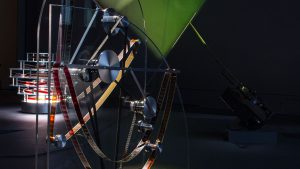
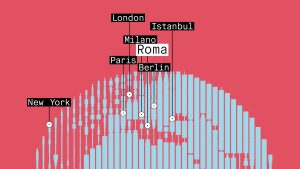



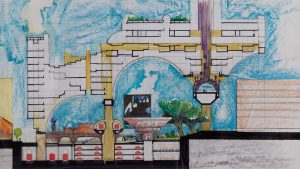

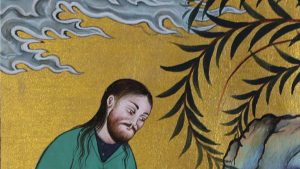


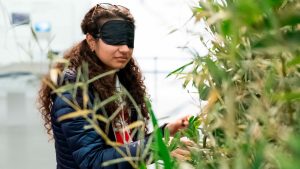

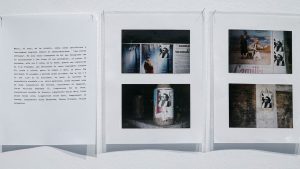





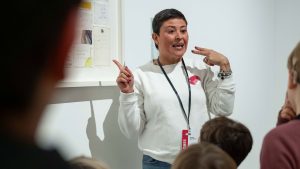








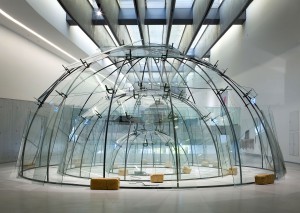












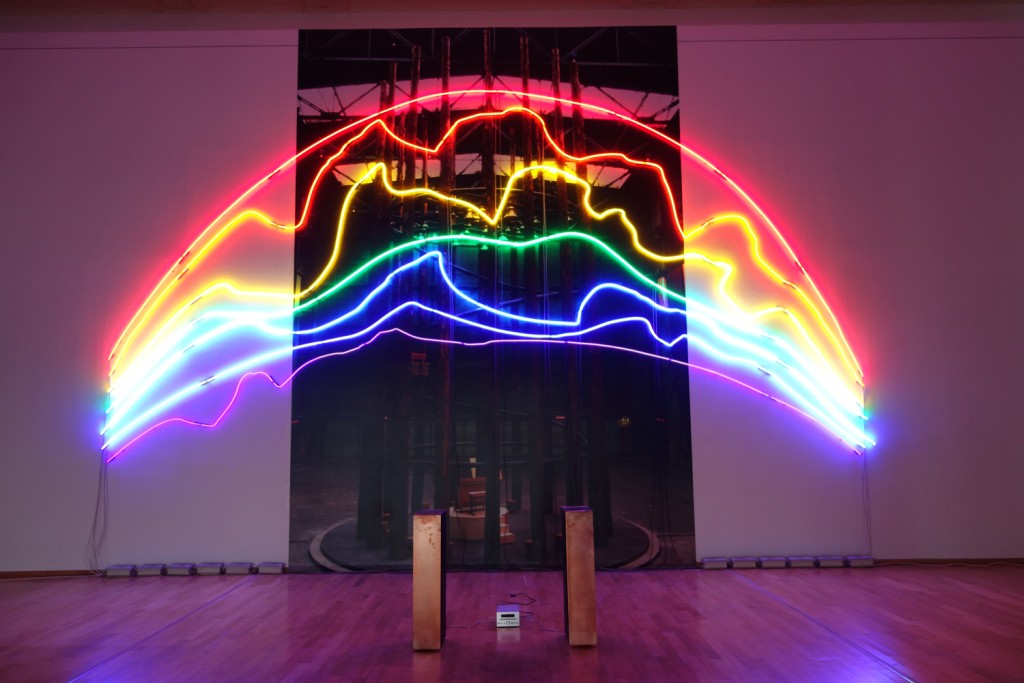
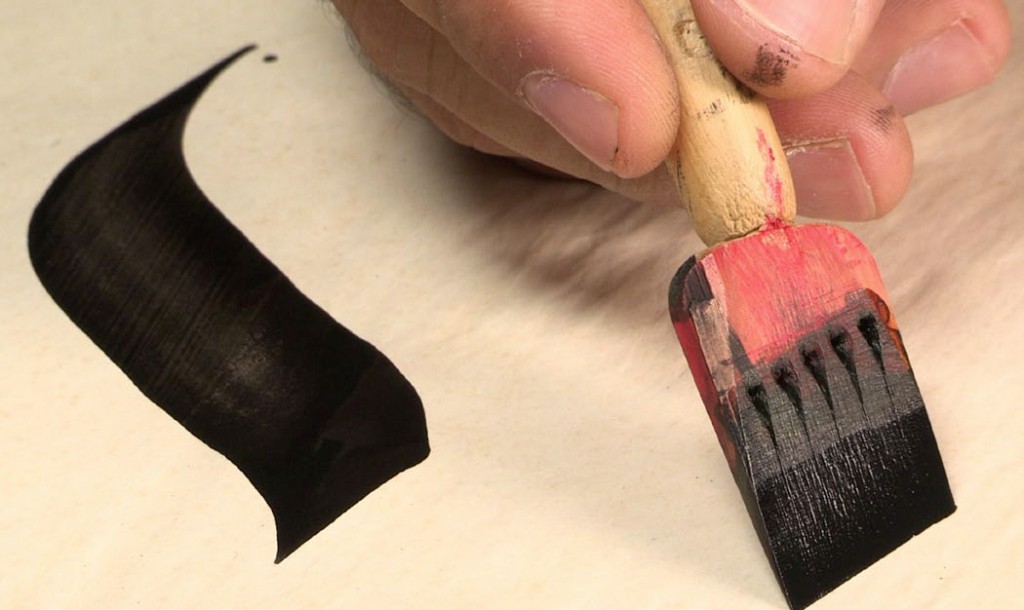



Galleries 1, 2 and 2 bis
curated by Hou Hanru with Ceren Erdem, Elena Motisi and Donatella Saroli
The passion for creativity The joy that emerges from achieving objectives The fury of the city
We are continuing our exploration of the cultural milieu of the Mediterranean basin and the relations between the Middle East and Europe. Following the exhibition Unedited History on contemporary Iranian art, MAXXI has reached Istanbul.
An exploration through major works and new artistic production with in-depth examinations and first-hand testimony.
Istanbul. Passion, Joy, Fury tackles the dynamics, the changes and the cultural demands of contemporary Turkey, a bridge between the western and eastern worlds. Starting out with the recent protests at Gezi Park, the exhibition examines five major themes: urban transformations; political conflicts and resistance; innovative models of production; geopolitical urgencies; hope.
The invited artists and architects:
Hamra Abbas, Can Altay & Jeremiah Day, Halil Altındere, Emrah Altınok, Architecture For All (Herkes İçin Mimarlık), Volkan Aslan, Fikret Atay, Atelier Istanbul: Arnavutköy, Vahap Avşar, İmre Azem & Gaye Günay, Osman Bozkurt, Angelika Brudniak & Cynthia Madansky, Hera Büyüktaşçıyan, Antonio Cosentino, Burak Delier, Cem Dinlenmiş, Cevdet Erek, İnci Eviner, Extrastruggle, Nilbar Güreş, Ha Za Vu Zu, Emre Hüner, Ali Kazma, Sinan Logie & Yoann Morvan, Networks of Dispossession, Nejla Osseiran, Ceren Oykut, Pınar Öğrenci, Ahmet Öğüt, Didem Özbek, Şener Özmen, PATTU, Didem Pekün, Zeyno Pekünlü, Mario Rizzi, Sarkis, SO?, Superpool, ŞANALarc, Ali Taptık, Serkan Taycan, Cengiz Tekin, Güneş Terkol, Nasan Tur.
THE EXHIBITION CHAPTERS
A Rose Garden?
Ready for a Change?
Can We Fight Back?
Should We Work Hard?
Home for All?
Tomorrow, Really?
To Build or Not to Build?
Cataloghi della mostra
Exhibition catalogue
2015
Istanbul. Passion, Joy, Fury